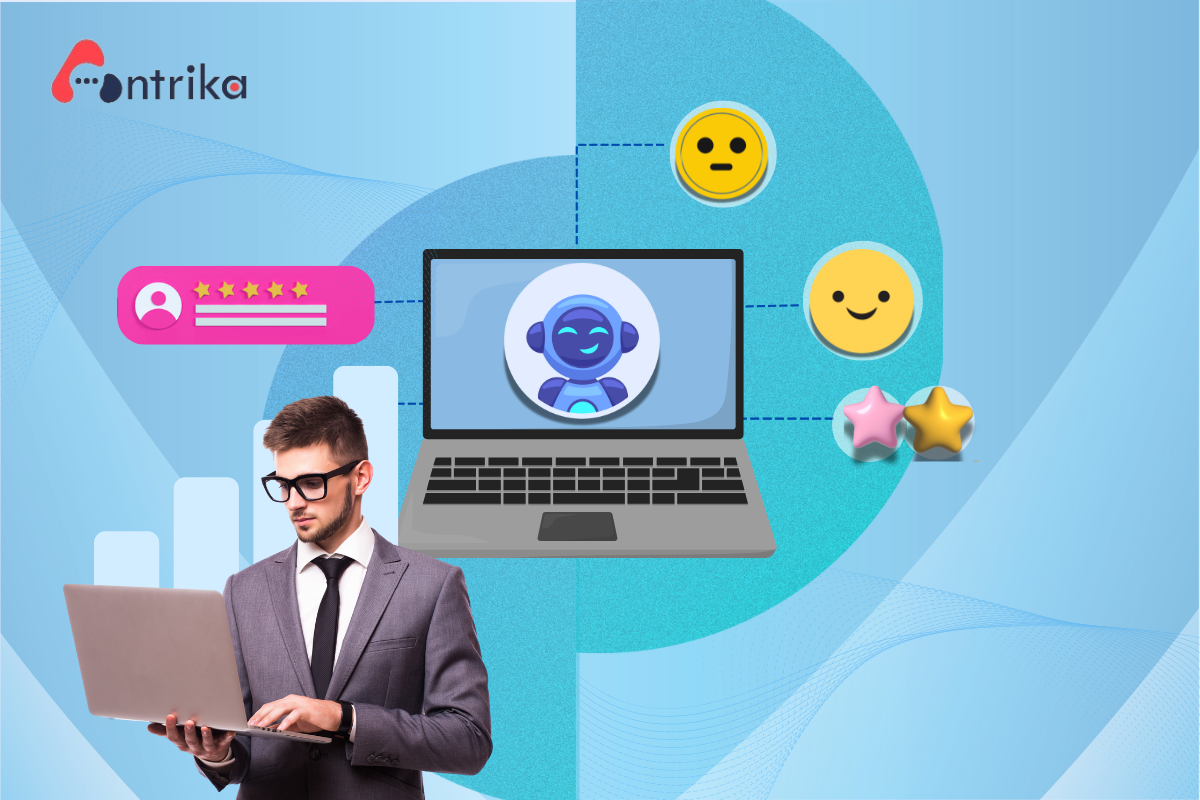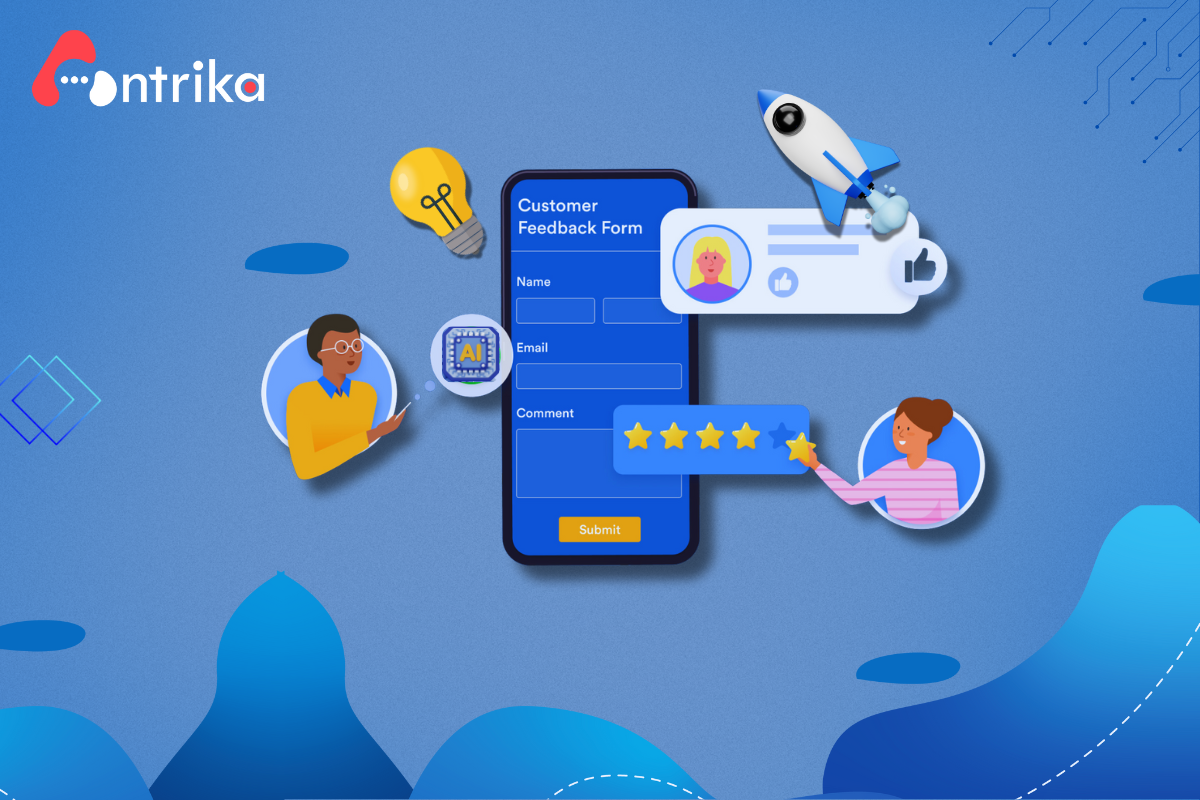
Asking Follow-up Questions to Consumers via Customer Feedback Software
A centralized platform for collecting feedback, such as Customer feedback software, plays a vital role in developing robust business strategies, as it allows organizations to gather insights on varied aspects directly from customers. If you have already collected feedback from diverse customers, you will realize that multiple feedback data can overwhelm the team, or sometimes, this feedback alone may need to be clarified. Hence, product team members must consider asking follow-up questions.
For instance, if a consumer posts a complaint about being unable to access features through customer review management software, this can mean a range of things, such as the browser they are using not supporting your software or that they have skipped a few technical steps or more.
As a product manager, it is your job to ask follow-up questions to specific feedback to determine potential employee issues or to understand their complaints and suggestions to ensure consumers report specific insights. By asking a suitable set of follow-up questions, businesses can dive deeper into received feedback through a feedback management system and uncover critical details that can enhance products, boost customer satisfaction, and build a loyal customer base.
Do you want to learn more about crafting thoughtful and impactful follow-up questions? This blog is dedicated to solving your concerns! We will help you utilize insights derived from customer feedback analytics tools and aid you in making informed decisions at the right time.
What are Customer Follow-up Questions?
Consumer-infused follow-up questions refer to targeted queries that companies focus on after a user provides feedback through a customer review management system. The open-ended questions are often designed to gather more details about consumers’ complaints, opinions, or feedback to enhance overall feedback and maintain data accuracy for the product roadmap procedure.
In addition, one of the best parts of asking these questions is that it enables consumers to clarify their feed, which enhances a transparent culture while maintaining quality data and improves customer engagement.
You May Also Like: How to Integrate Customer Feedback Software Insights For Product Development Cycle?
Why Should Businesses Focus on Asking Follow-up Questions?
Businesses should focus on asking target-specific follow-up questions after gathering feedback through a customer feedback analytics tool. This can improve product quality and streamline the entire feedback loop seamlessly. Let’s explore several reasons for the importance of asking open-ended questions.
1. Closer Understanding of Feedback Data
Follow-up questions to specific consumers’ feedback can help businesses clarify and deeply understand customers’ perspectives or reasons behind complaints under a centralized platform Customer feedback software. Additionally, these questions may result in better solutions that meet customer’s expectations and needs to boost sales, customer engagement, and overall satisfaction.
2. Aids in Identifying Common Patterns
Asking targeted follow-up questions to consumers can help product managers identify trends or patterns in customer feedback. This approach will simplify the process of prioritizing or categorizing feedback insights and address customers’ critical concerns as an urgent development process.
3. Drives Continuous Improvement in Product/ Services
When a company frequently asks follow-up questions to its customers with customer feedback software, it aids in improving feedback loops through the feedback management system by using customer feedback software and streamlining the decision-making process. By accessing direct and clear insights from customers, businesses can easily build a culture for driving continuous improvements and offering enhanced products or services.
Tap to Explore more: Customer Feedback | Product Development | All in one Centralized SaaS Services
Top Factors to Develop Impactful Follow-up Questions for Your Customers
After understanding the importance of asking follow-up questions after collecting feedback through the customer feedback software, you must be wondering what set of questions one can consider asking consumers. We understand your concern; hence, to simplify setting targeted questions, we are listing a few factors that will help you craft impactful questions for seamless decision-making.
1. Mention your Intention in Questions
Before you ask your customers follow-up questions, consider offering context to users by mentioning the intention of the questions, which means you wish to acquire more clarification to take better actions with customer feedback software. For instance, organizations can focus on conveying that they understand the consumer’s perspective or concern; however, to implement potential innovation, they would need access to more clarification.
Or you can consider asking a few follow-up questions targeted at achieving clarification by mentioning the intent for the same. However, it is recommended to initiate a conversation with customers, mention the intention for follow-up questions through customer feedback software, and then finally ask questions.
2. Ask How New Feature Would Meet their Needs
While collecting customer feedback through customer feedback software, you may realize there is a request for a complex feature that may take time to develop. So, it is important for organizations to understand consumers’ goals, needs, and expectations regarding such features and check whether there is a market value for them.
The ideal way to understand consumer’s needs with such feedback is by asking follow-up questions like
- How can specific changes in features help you acquire your goal?
- How would you utilize this feature?
- How can particular changes in features add value to your life?
Additionally, in a few scenarios, product managers may discover that the product can solve consumers’ issues or meet their challenges without introducing complex features. Maybe your customers aren’t completely aware of your product’s features, or maybe there is a certain bug in your software that is causing inefficiency in their lives.
With this clarification, you can focus on educating customers about your existing features and guide your product team to urgently fix the bugs to offer accuracy and efficiency to customers’ experiences with customer feedback software.
3. Consider Offering an Alternative Option
In some cases, by asking a set of follow-up questions to consumers based on their provided customer feedback software through a feedback management system with customer feedback software, you will realize that a simple alternative solution can solve your consumers’ problems instead of product improvement. Sounds confusing?
Based on customer complaints or feedback, you can guide them towards your integrated tool. Let’s assume you have software to manage sales operations, and your customers are finding difficulty managing records on their employees’ availability and diverse payroll processes. So, you can direct them toward your attendance management feature or other complementary tool to solve this concern.
However, this can only be possible by clarifying customers’ feedback, which can be fulfilled by following up on their input. By implementing this approach, managers can save time and effort in creating roadmaps for aspects that do not require improvement and eliminate room for misunderstanding in the process.
4. Conduct Continuous Conversations with Customers
By only asking follow-up questions, you may frustrate your customer feedback software with back-to-back direct questions. Instead, consider engaging with customers frequently to build relations, gain trust, and boost customer engagement with customer feedback software.
Engaging with consumers is essential when you wish to follow up with them through time-consuming surveys or forums. Acknowledge their time and efforts to offer input to maintain their interest in your brand.
In addition, once customers respond to your questions, acknowledge their efforts to clarify various factors and convey that their feedback is valuable for your product development cycle. Also, consider updating customers with a range of actions you plan to work on – this will make them feel important and encourage them to continue sharing input.
When they know about the process, they are bound to stay loyal to your company, look forward to engaging with you, and spread the word about your product. Overall, managing announcements or updates through Customer feedback software can effortlessly impact overall business growth.
5. Keep Consumers Connected with the Feedback Loop
When you are ready to launch product improvements or new features, remember to communicate with your customers with customer feedback software. Ideally, many organizations choose to update through newsletters or product update posts on varied channels.
However, you can go back to the previous conversation and update your customers over there – as a response to their feedback. At this stage, you can consider answering their questions with the launch. In some cases, few companies follow this process after launching a product to analyze its effectiveness. In short, follow-up questions can be helped post-launch as well.
Streamline Product Development Process with Customer Feedback Software
It is important to ask follow-up questions after receiving diverse feedback data through Customer feedback software. This method will help you understand the customer’s perspective, clarify prioritizing themes for the feedback loop, and make practical product improvements hassle-free.
Do you want to learn more about collecting customer feedback software? Contact our team or request a demo today!














